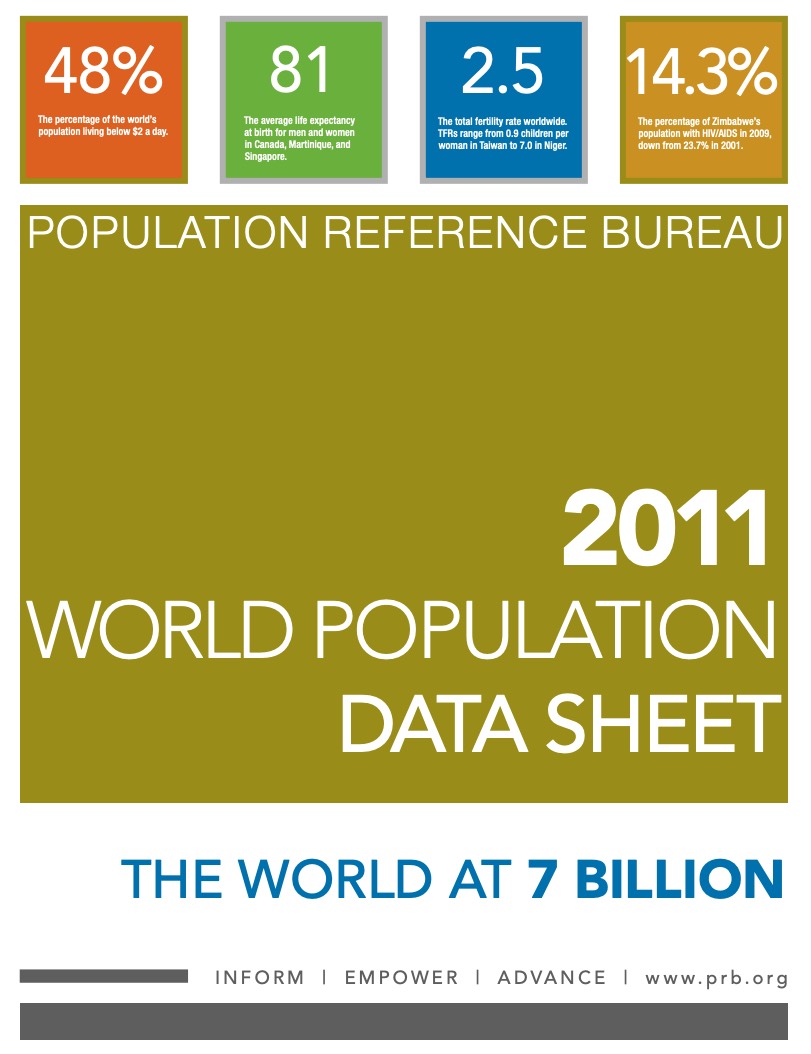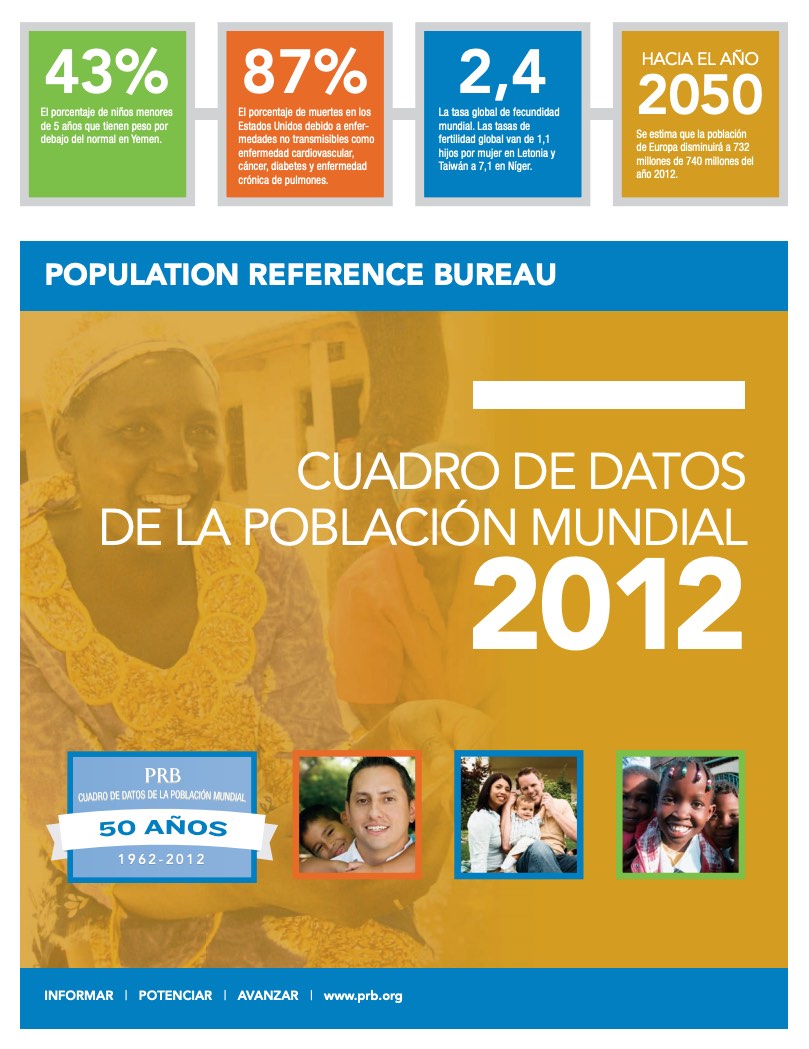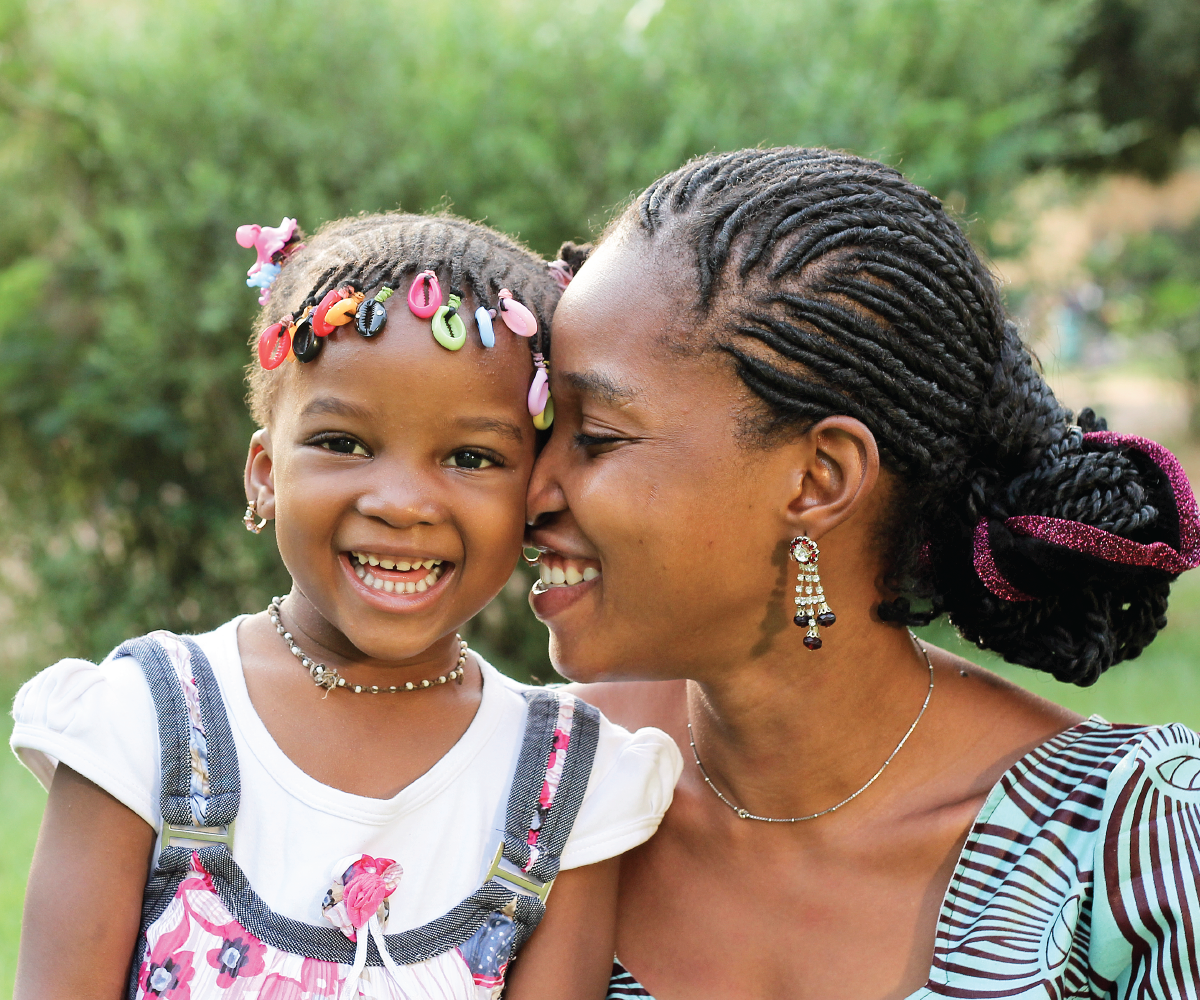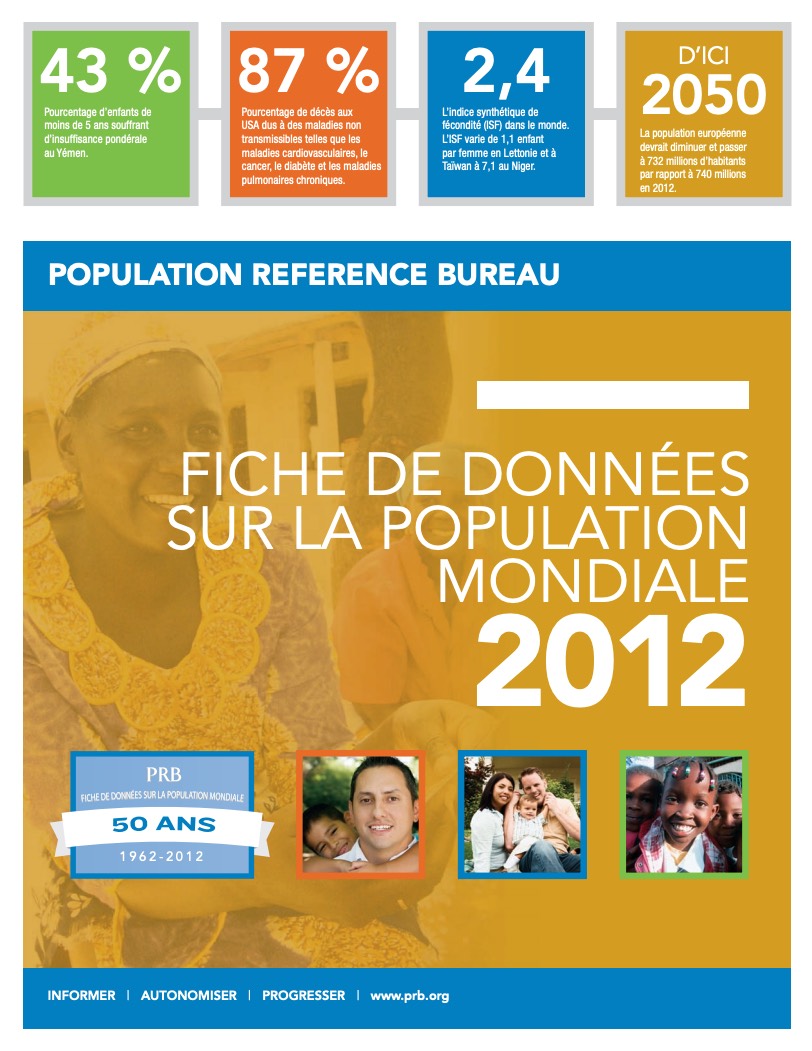Contraceptive Needs of Older Nigerian Women Are Neglected
2013) Throughout the world, women ages 35 and older are often left out of conversations on contraception. Many of these women do not think they are at risk of pregnancy because of infrequent sex, marital disruption, the lack of a regular partner, or their perception that they are infertile—and thus they do not see the need to use contraception.




